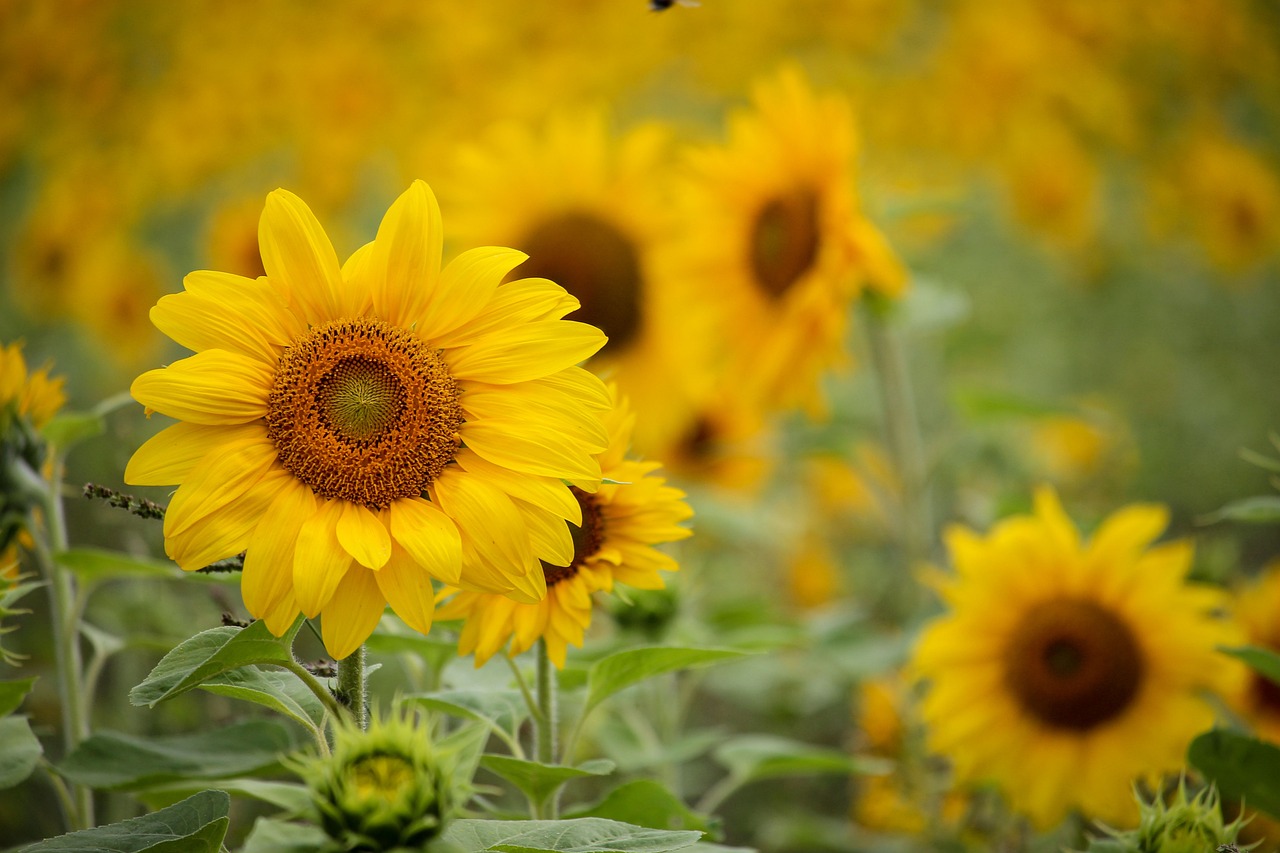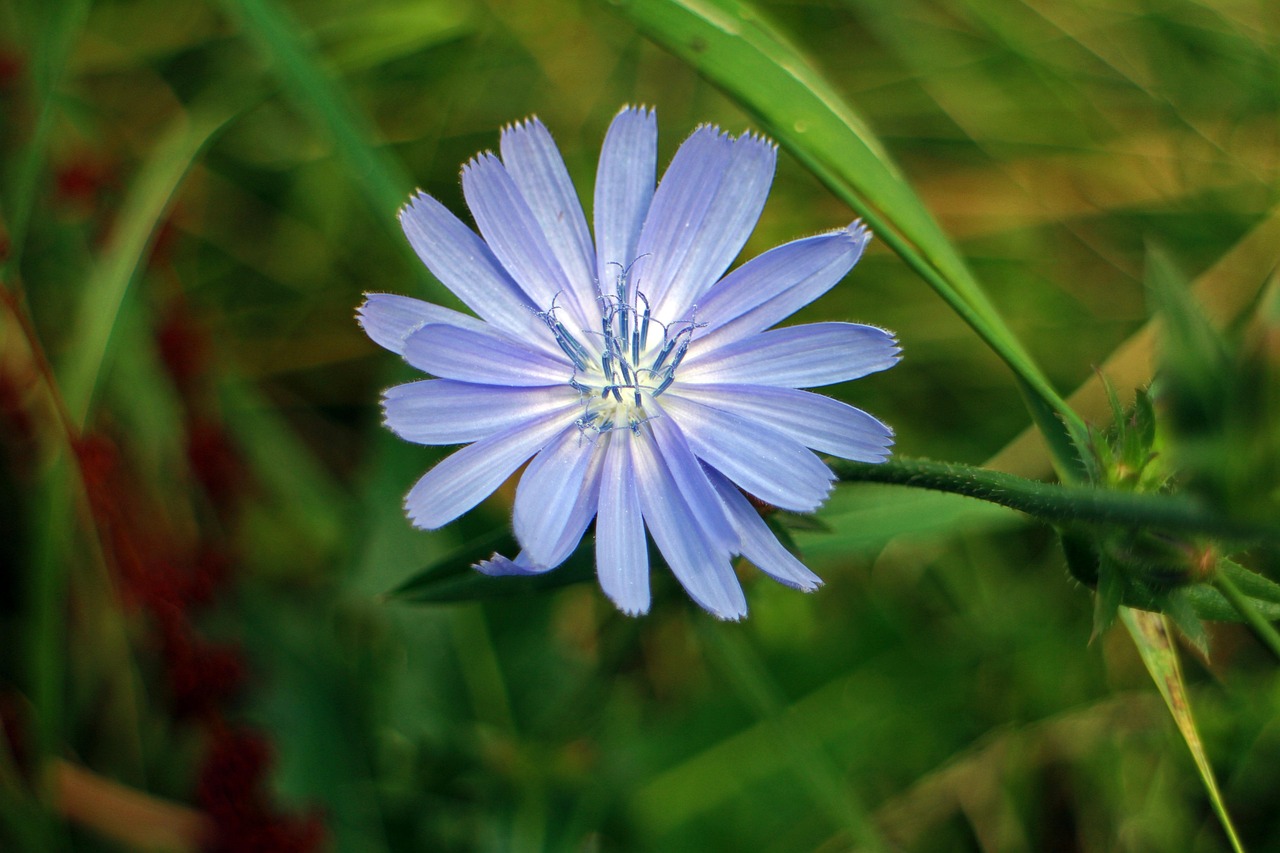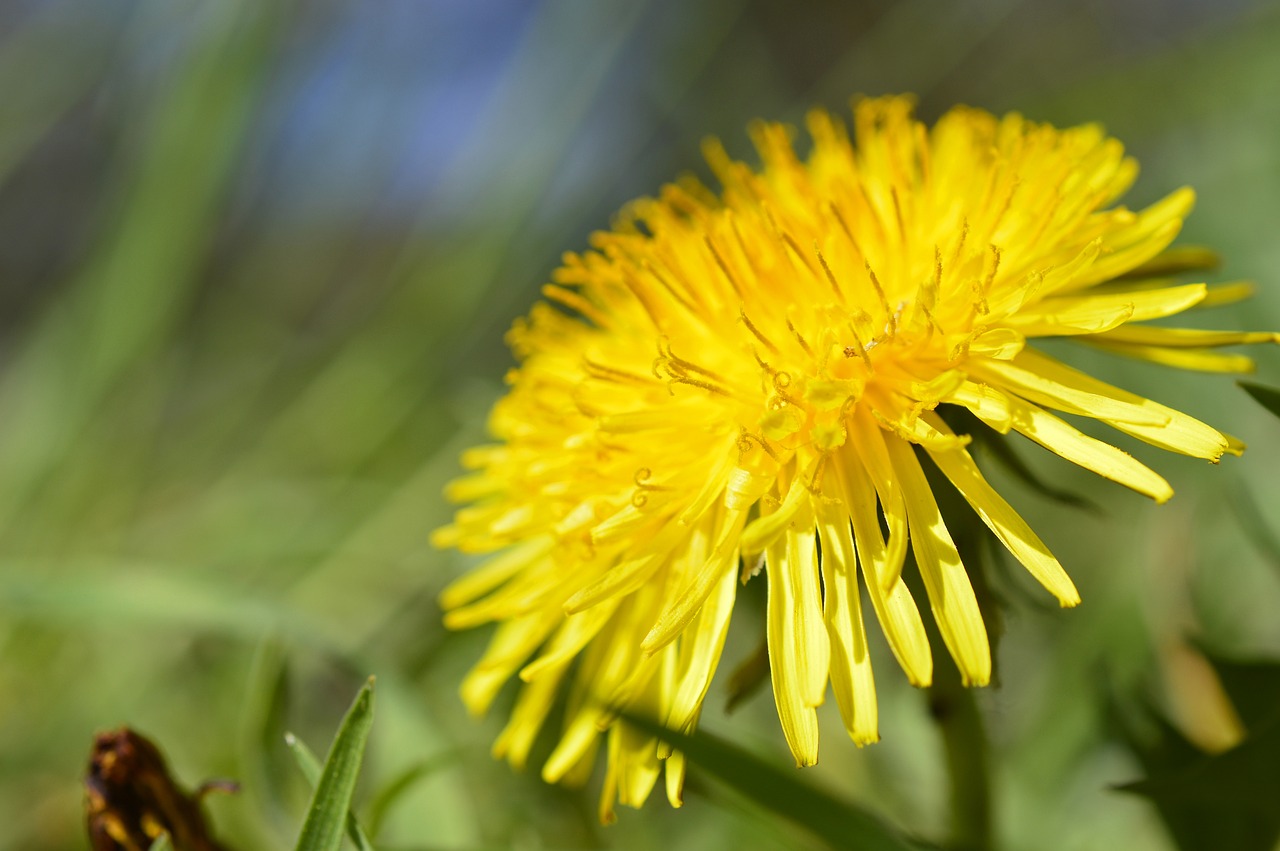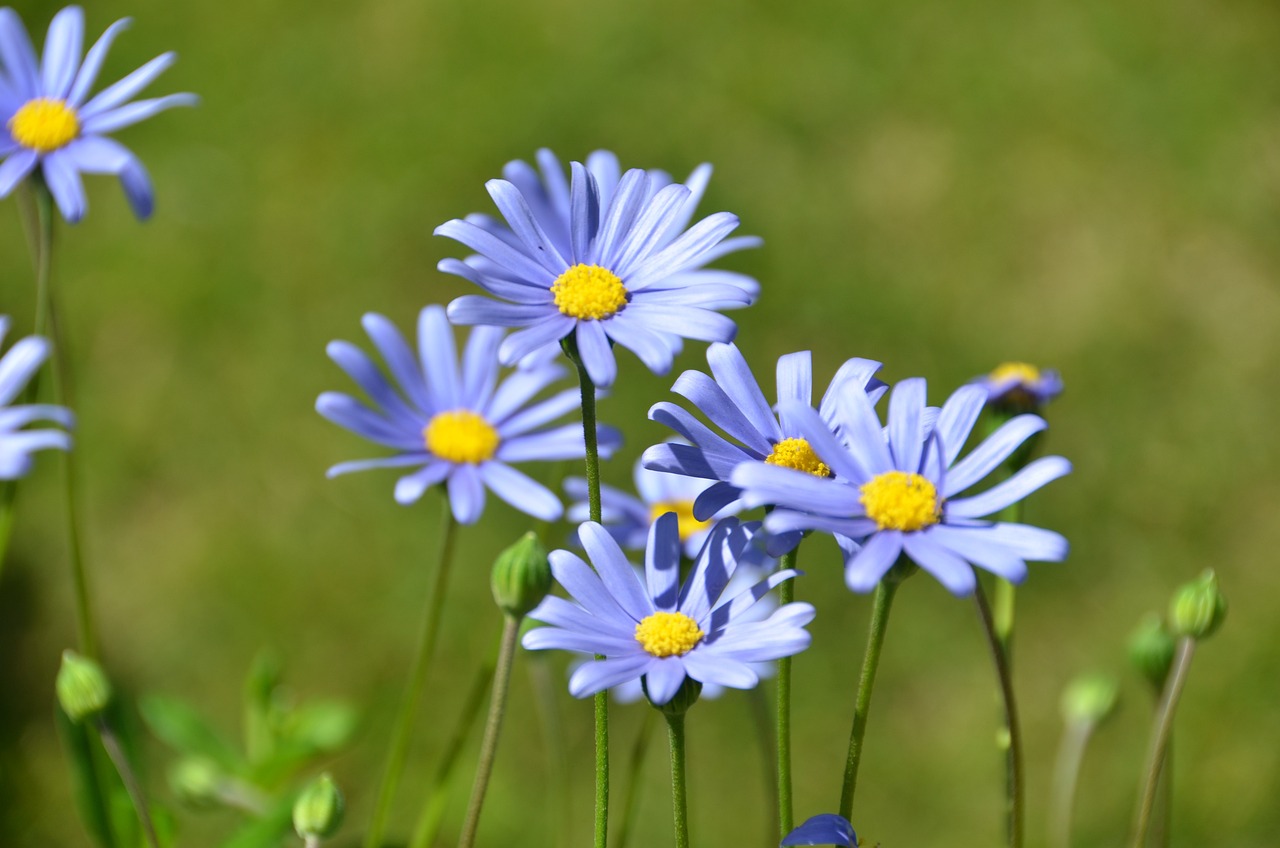Scorzonera hispanica | Golden Wildflower Swaying in the Meadow
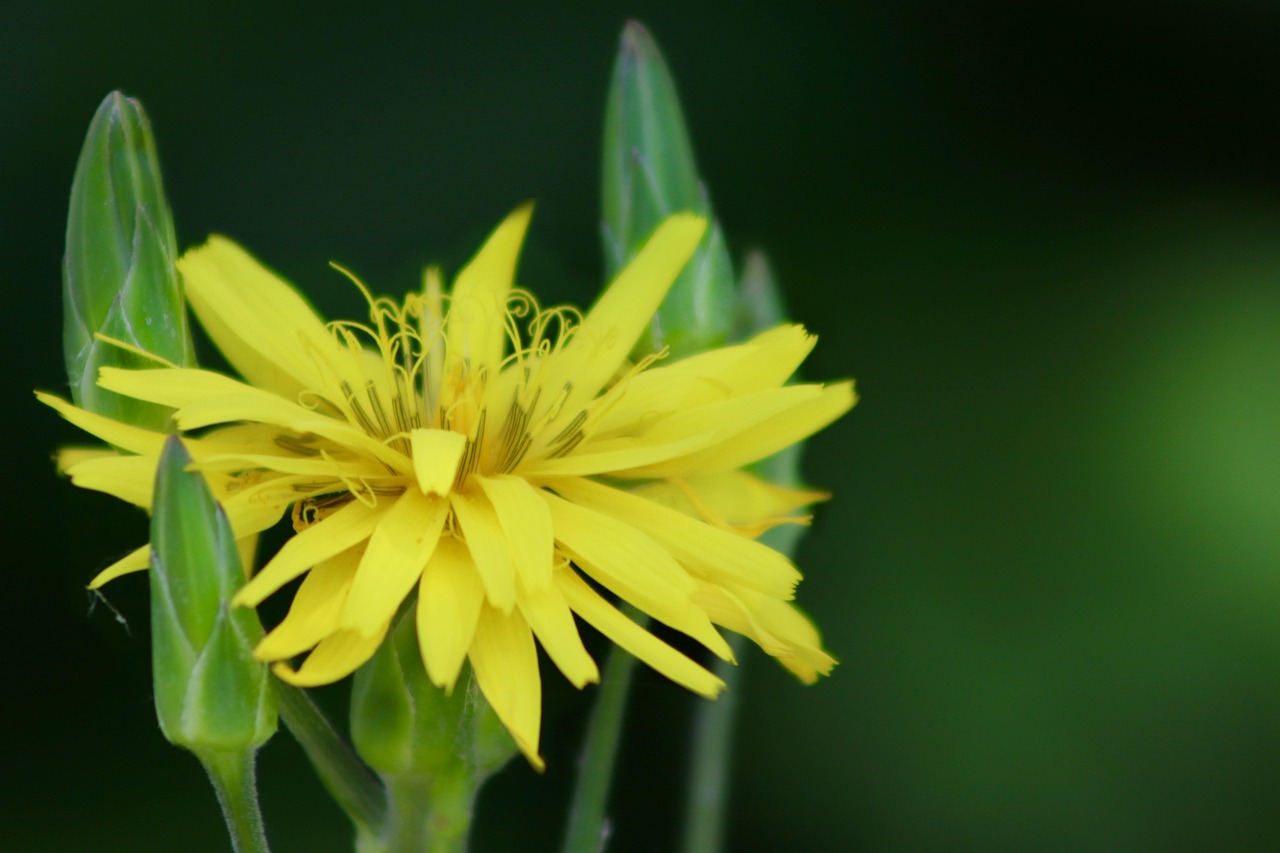
Scorzonera hispanica is a perennial plant belonging to the Asteraceae family, producing vivid yellow flowers from spring to early summer.
Across Europe, it has long been integrated into rural landscapes and monastery gardens, contributing to scenery that is deeply rooted in local culture and environment.
In this article, I will explore the cultural and historical aspects of Scorzonera hispanica, while also providing practical advice on how to cultivate it.
Basic Information
- Scientific name: Scorzonera hispanica
- Family: Asteraceae
- Origin: Southwestern Europe (mainly Spain and southern France)
- Appearance: The plant spreads linear leaves from its base, and upright stems bear bright yellow ligulate flowers. Each flower blooms individually and attracts pollinators such as butterflies and bees.
- Blooming season: April to June
Cultural Significance Around the World
Scorzonera hispanica has been valued across Europe as part of regional landscapes.
In France and Spain, it has been appreciated not for its decorative value, but rather as a plant naturally embedded in rural culture and traditions.
In southern France, the plant paints fields with yellow hues in early summer, serving as a visual accent during agricultural work.
In some German-speaking regions, it has been regarded as a symbol of seasonal transition between spring and summer, with its blooming marking the change in climate.
More recently, as traditional garden design has been re-evaluated, the plant has gained renewed attention as a native species. It is now often highlighted in natural gardens and within the context of permaculture.
Historical Episodes
The history of Scorzonera hispanica dates back to the 16th century, when its name appeared in botanical texts, reflecting the early development of plant observation and classification in Europe.
One noteworthy record comes from the royal botanical garden Jardin des Plantes in France, where it was registered as a cultivated species by the 17th century.
During the 17th and 18th centuries, detailed botanical illustrations emphasized its distinctive floral form and vivid color, suggesting that its aesthetic qualities were highly appreciated.
These illustrations influenced not only botanists but also painters and garden designers, gradually elevating its status as an ornamental plant.
Furthermore, it was introduced into monastery gardens, where it quietly symbolized the passing of the seasons.
Gardening Advice
As a perennial, Scorzonera hispanica grows stably, but paying attention to certain care points ensures better flowering.
Sunlight
Prefers full sun; best suited to south- or east-facing gardens.
Watering
During the growing season, water moderately when the soil surface is dry, ensuring water drains from the pot base. Avoid waterlogging.
Soil
Well-drained soil is essential; sandy soil or mixtures with compost are ideal.
Fertilization
Apply slow-release fertilizer once a month from spring until blooming. Overfertilization leads to excessive leaf growth.
Pruning & Care
Cut stems back after flowering to maintain shape and encourage next year’s bloom. Remove old leaves in autumn to prepare for winter.
Wintering
Hardy, but potted plants should be sheltered from cold winds. For ground planting, mulching around the base helps protect roots.
Conclusion
Scorzonera hispanica is a perennial that has quietly thrived in European landscapes and garden culture.
Its bright yellow flowers are visually appealing, and historically it was cultivated in royal botanical gardens and monasteries.
By ensuring adequate sunlight and well-drained soil, you can enjoy its stable blooming every year from spring to early summer.

